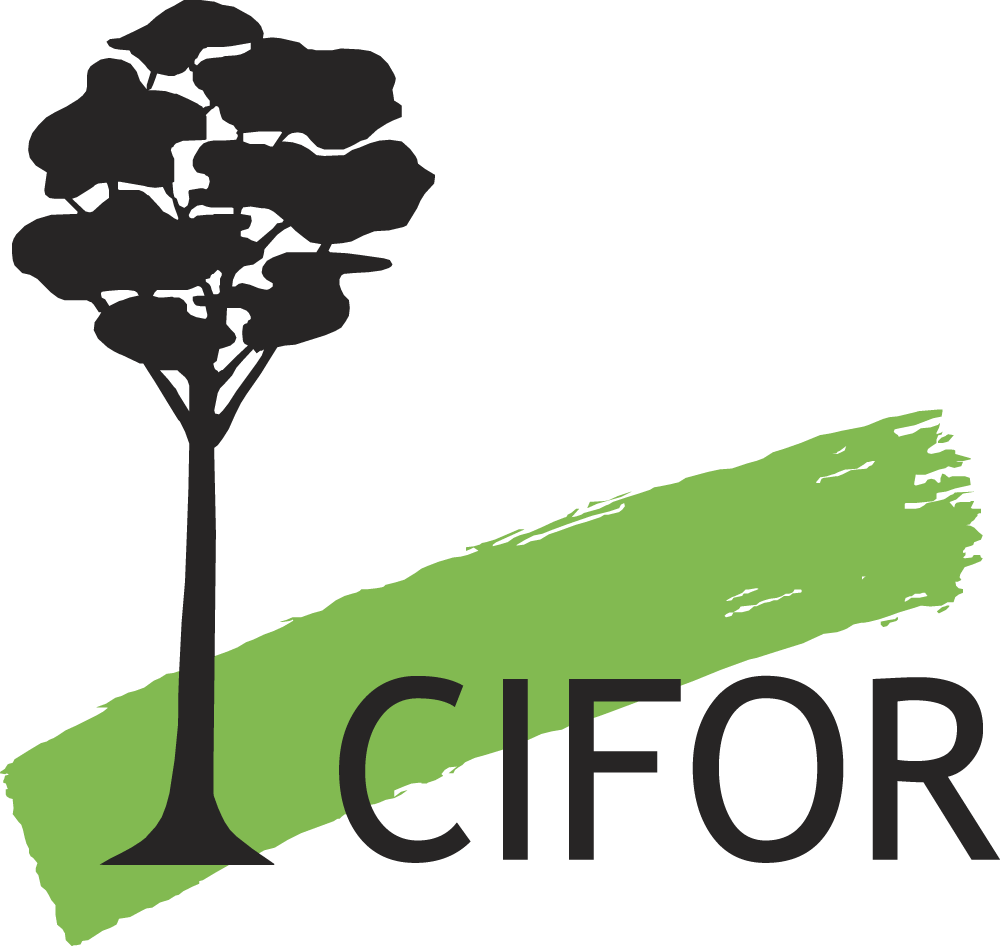Focal point
Location
The Center for International Forestry Research (CIFOR) is a non-profit, scientific facility that conducts research on the most pressing challenges of forest and landscapes management around the world. With our global, multidisciplinary approach, we aim to improve human well-being, protect the environment, and increase equity. To do so, we help policymakers, practitioners and communities make decisions based on solid science about how they use and manage their forests and landscapes.
Capacity building, collaboration and partnerships are essential to finding and implementing innovative solutions to the challenges that the globe faces. We are proud to work with local and international partners. We are a member of the CGIAR Consortium and lead the CGIAR Research Program on Forests, Trees and Agroforestry.
Our headquarters are in Bogor, Indonesia. We have offices in 8 countries across Asia, Latin America and Africa, and we work in more than 30 countries. Contact us for more information.
Resources
Displaying 711 - 715 of 808Insect pests and diseases in Indonesian forest: an assessment of the major threats, research efforts and literature
To understand the potential role of forest products in household livelihoods, a study of the woodcraft industry in Zimbabwe was initiated. The woodcraft industry has increased steadily since the late 1980s. The factors driving the upsurge in the woodcraft industry are: (1) the increased demand by tourists; and (2) the need by rural households to find cash income sources. The structural adjustment programme, with one of its emphases being the decontrol of the currency, has probably played a key role in driving the rise in woodcraft production.
Guia de pontuação e análise para avaliar o bem-estar humano
This is designed to supplement 'the BAG' and 'the Grab Bag'. It provides a scoring method that can be used with the two manuals, to come to a decision about particular criteria and indicators in particular forest and human settings. Following the section on scoring is a section on analysis. It begins very simply, leading the user through the steps of making a spreadsheet, and concluding with more complex statistical analyses that may be desirable in some circumstances. Different teams have different requirements for quantitative and statistical sophistication in their analyses.
Guide de notation et d'analyse pour l'evaluation du bien-etre cocial
This is designed to supplement 'the BAG' and 'the Grab Bag'. It provides a scoring method that can be used with the two manuals, to come to a decision about particular criteria and indicators in particular forest and human settings. Following the section on scoring is a section on analysis. It begins very simply, leading the user through the steps of making a spreadsheet, and concluding with more complex statistical analyses that may be desirable in some circumstances. Different teams have different requirements for quantitative and statistical sophistication in their analyses.
Guidelines on national inventory of village forests
This report presents guidelines which provide a basis for planning and implementation of nation wide village forest inventories integrated with or independent of a national forest inventory. It provides coverage of survey problems arising from the variety of spatial distribution conditions of forests and trees under village management landscapes. The guidelines cover survey planning, survey design, survey implementation and survey analysis /evaluation.
GBA guia básico de avaliação do bem-estar humano.
The BAG focuses on the social criteria and indicators for sustainable forest management, a topic that has been the subject of considerable controversy and uncertainty. It is designed for people interested in assessing sustainable forest management, but who do not have a high degree of expertise in social sciences. This manual describes six simple methods designed for use by biophysical scientists with a college education. These methods can also be used by assessors with higher levels of expertise in social sciences, but they are presented in a 'cookbook' format.



